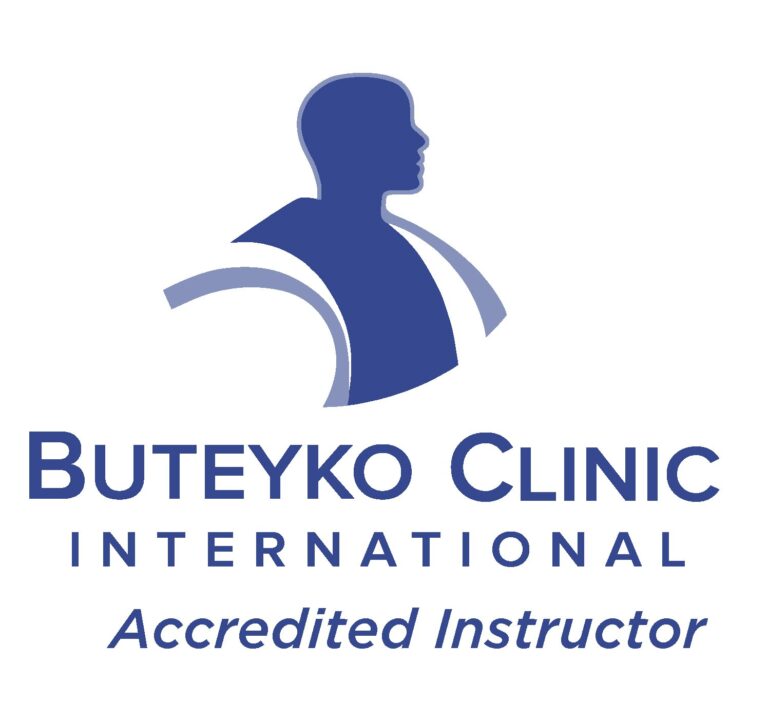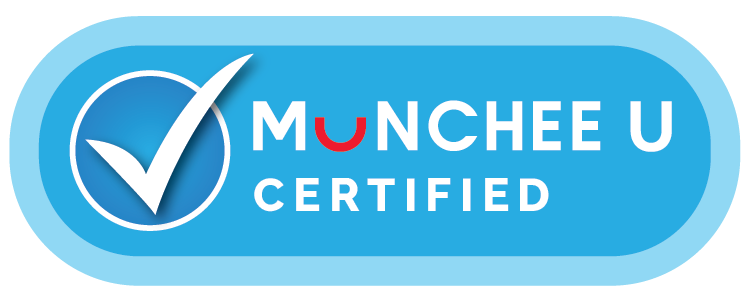
Why More Women Are Turning to Myofunctional Therapy During Menopause
Menopause is a whole-body transition—and your mouth, jaw, tongue, and airway feel it too. As estrogen and progesterone decline, many women notice new (or worsening) snoring, sleep-disordered breathing, dry mouth, and jaw tension. Those changes are driving interest in orofacial myofunctional therapy (OMT): targeted exercises that retrain tongue posture, nasal breathing, and the muscles of the lips, cheeks, and throat.
What changes at midlife?
-
Sleep & airway: The prevalence of obstructive sleep apnea (OSA) rises sharply after menopause, in part because progesterone (a natural respiratory stimulant) drops and body-fat distribution shifts toward the neck and trunk. Studies estimate nearly half—or more—of postmenopausal women have some degree of OSA. PMCe-jsm.org
-
Dry mouth (xerostomia): Hormonal shifts are linked with reduced salivary flow, burning mouth symptoms, and higher caries risk—issues that can encourage mouth breathing and disrupt sleep. PMCMDPI
-
TMJ and facial pain: Estrogen interacts with the temporomandibular joint and masticatory muscles. Evidence suggests estrogen fluctuations can influence TMD risk, though findings are mixed and may depend on genetics and individual factors. PMC+1MDPI
Where myofunctional therapy fits
OMT uses structured, progressive exercises to improve nasal breathing, seal the lips, normalize swallowing, and strengthen/stabilize the tongue and upper-airway dilator muscles. For menopausal women, that can mean:
-
Less snoring and fewer airway collapses: Systematic reviews (including a Cochrane review) report that OMT reduces apnea–hypopnea index (AHI), improves oxygen saturation, and eases daytime sleepiness—particularly in mild to moderate OSA and as an adjunct to CPAP. A brand-new randomized trial also found meaningful snoring improvements with orolingual OMT. Cochrane LibraryMDPITaylor & Francis Online
-
Better oral moisture and comfort: Retraining to nasal breathe, optimizing tongue posture to the palate, and improving swallowing mechanics can reduce mouth breathing (a common driver of dryness) and protect oral tissues. (Mechanistic rationale supported by midlife oral-health literature on xerostomia and salivary changes.) PMCMDPI
-
Jaw stability: Gentle coordination and mobility work for the tongue, lips, and suprahyoid muscles can complement TMD care plans by addressing parafunctional habits and improving rest posture—without adding joint load. (Evidence base on estrogen/TMD is evolving; OMT is typically used as a conservative adjunct.) PMC
How it’s used in real life
A typical OMT plan runs 6–12+ weeks with short daily exercises, progressing from awareness and posture (tongue to the palate, lips sealed, nasal breathing) to resistance and functional tasks (chewing, speech, and sleep-ready routines). For women with OSA, OMT can be paired with CPAP, oral appliances, weight management, and sleep-hygiene strategies. Your provider may also screen for nasal obstruction, allergies, and reflux to remove barriers to nasal breathing. Cochrane
Bottom line
Menopause brings airway, salivary, and musculoskeletal changes that can disrupt sleep and oral function. Myofunctional therapy offers a low-risk, skills-based way to retrain breathing and orofacial muscles—often improving snoring, sleep quality, and daytime comfort—and it pairs well with medical and dental treatments.
Research & Further Reading
-
Prevalence and features of OSA in postmenopausal women. PMCe-jsm.org
-
Oral health changes in menopause: xerostomia, burning mouth, periodontal risk. PMCMDPI
-
Estrogen and TMD: what current reviews say. PMC+1
-
Cochrane review on myofunctional therapy for OSA. Cochrane Library
-
New randomized trial: orolingual OMT reduces snoring. Taylor & Francis Online
-
Narrative/overview of OMT’s role in OSA management (2025). MDPI





